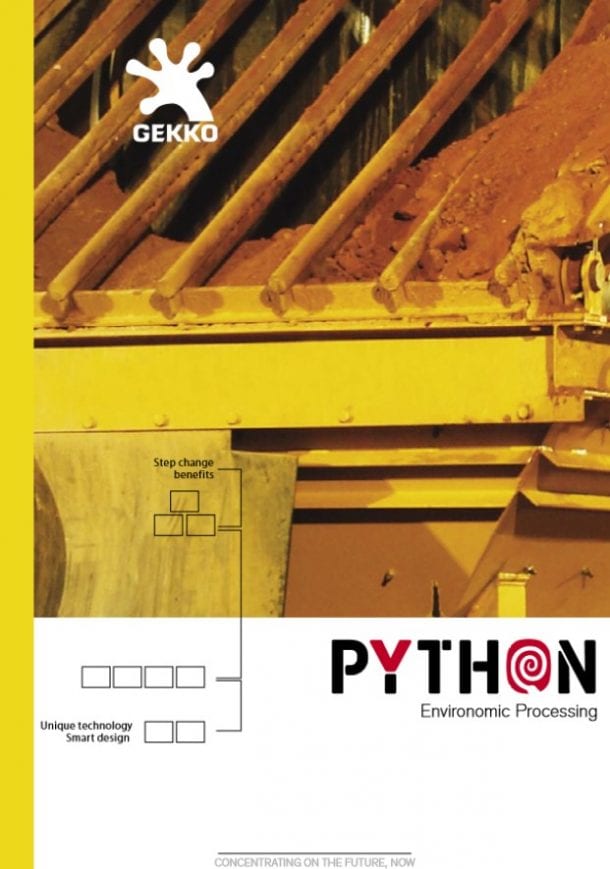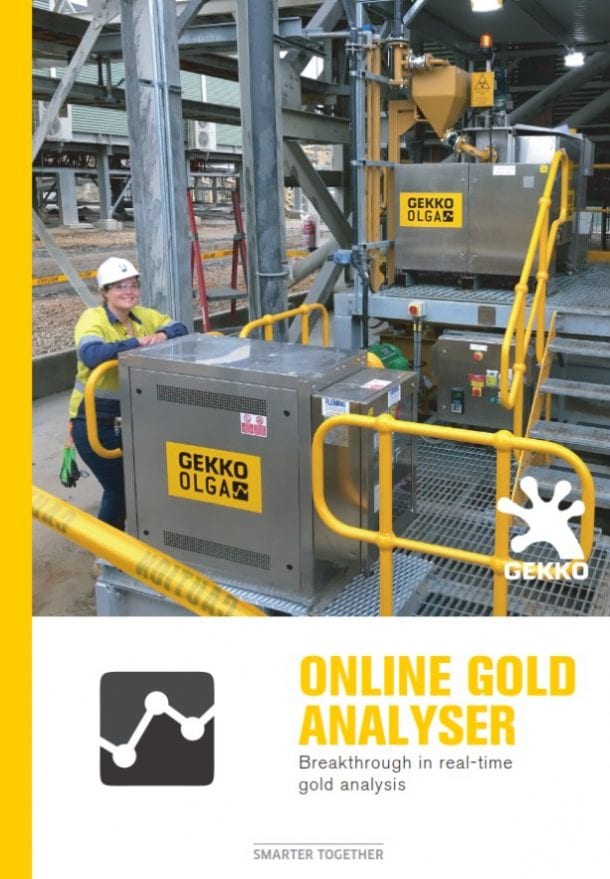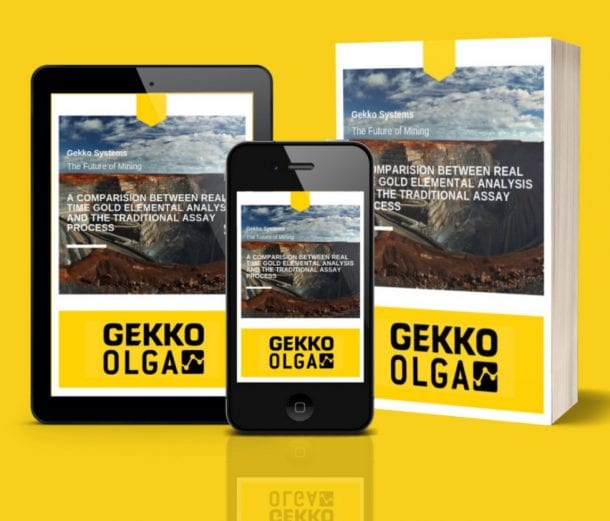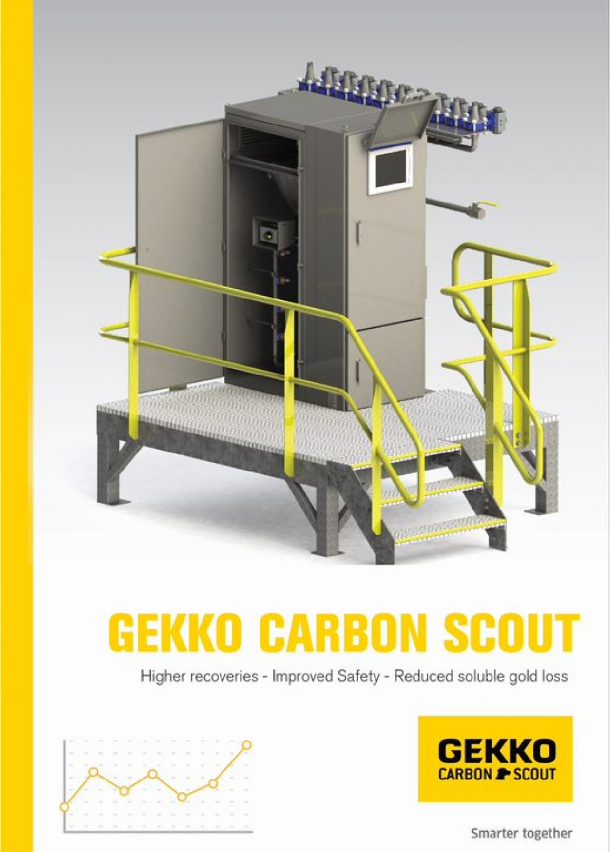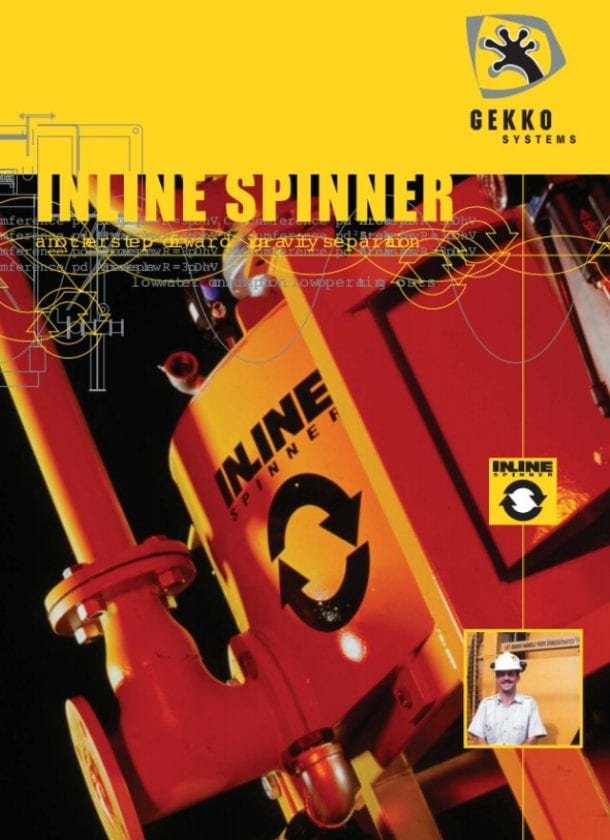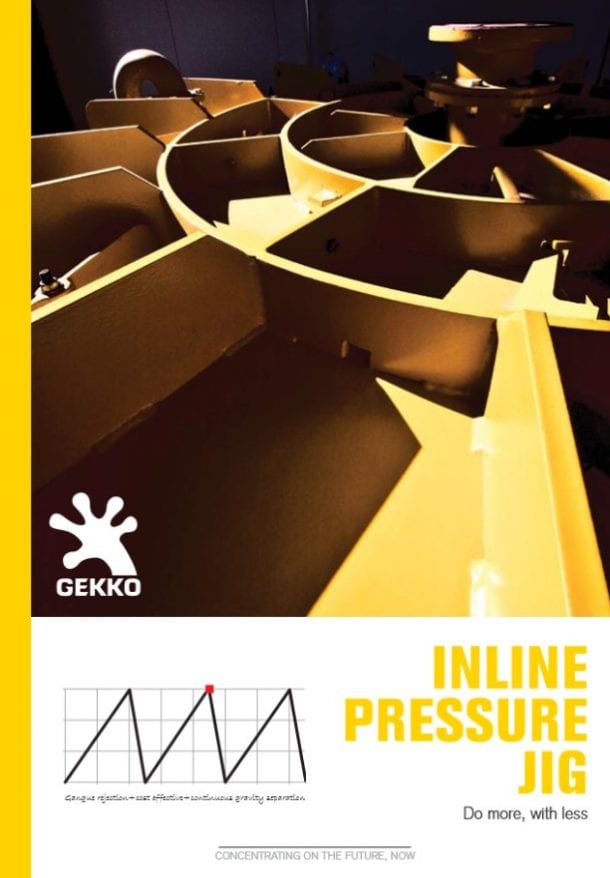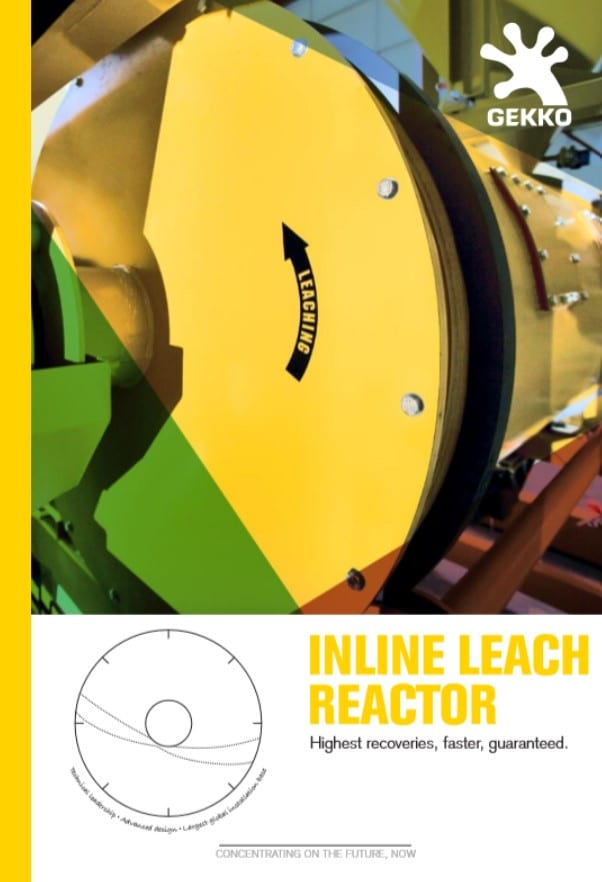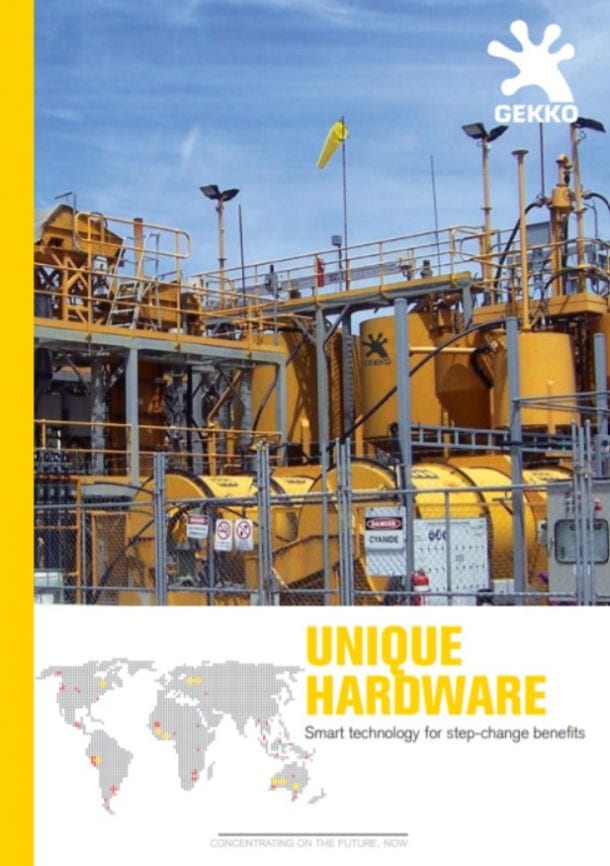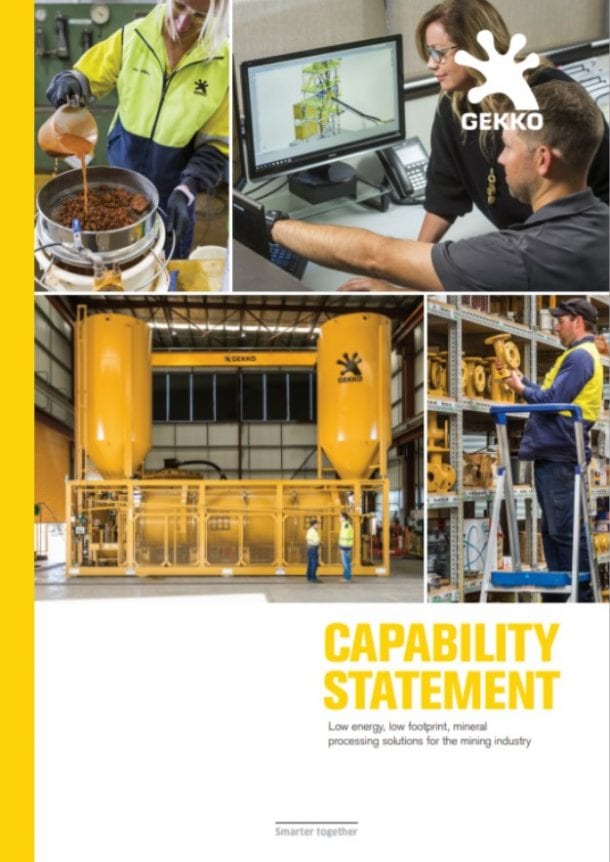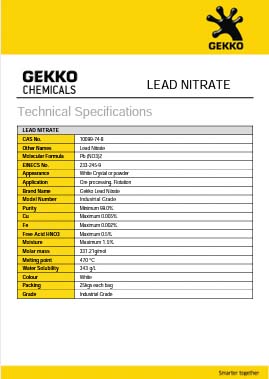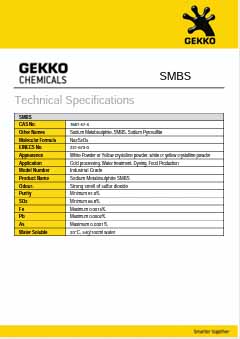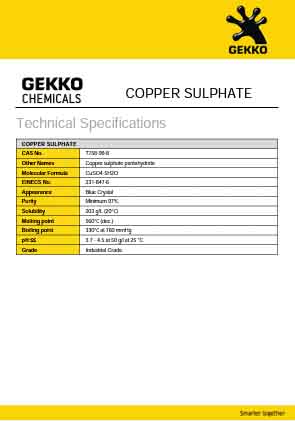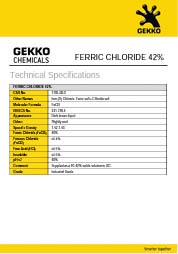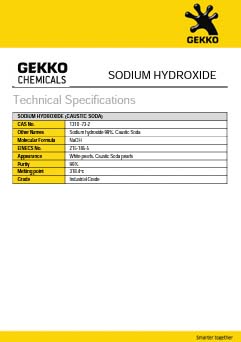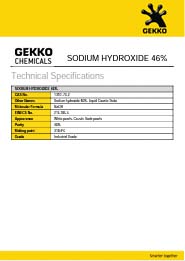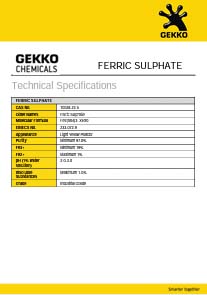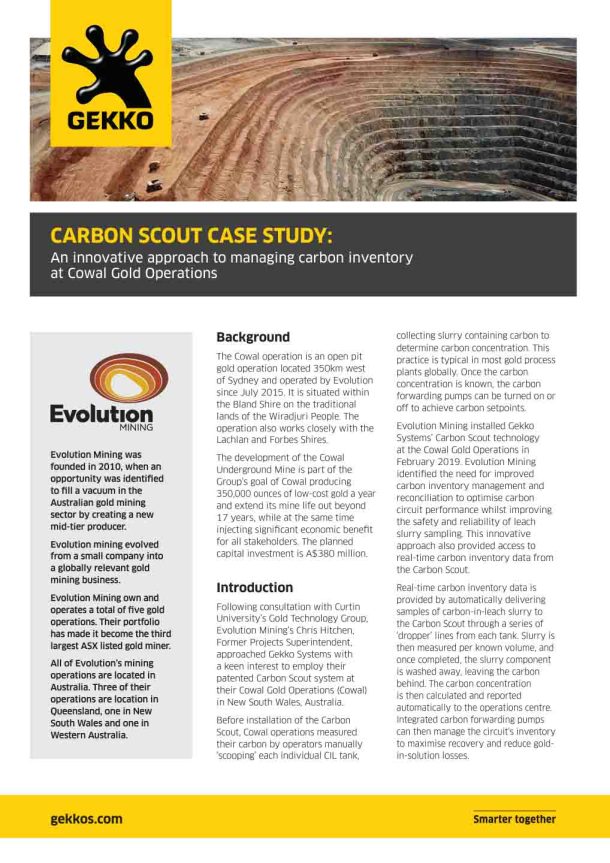Minerals
The ever-increasing global demand for valuable minerals requires safe, efficient, and environmentally responsible mining
Gekko Systems are world leaders in gravity separation and recovery of gold and complex gold. Gekko’s unique core technologies and innovative flowsheets also efficiently extract other high-value minerals, such as silver, coal, polymetallics and gemstones.
Gekko’s pre-concentration, gangue rejection, comminution design, feed preparation, gravity concentration and intensive leaching flowsheets are fully optimised to exploit specific mineral and ore body characteristics. This guarantees successful, cost-efficient recoveries and step-change benefits for mining operations.
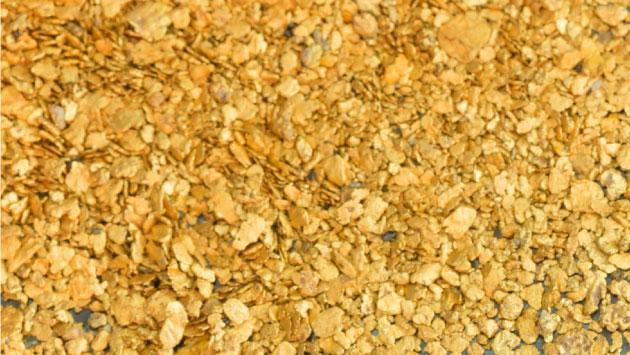
Critical Minerals
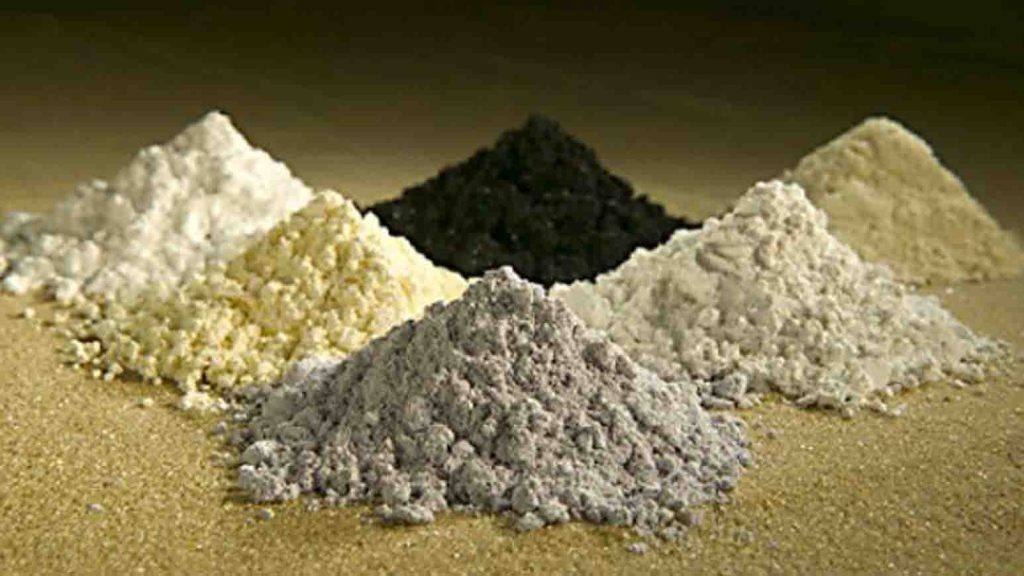 Minerals are considered critical when they are essential for the economy, national security or modern technologies, and face potential disruption to its supply, according to Geoscience Australia. Therefore, it is important to achieve high recovery for these types of minerals.
Minerals are considered critical when they are essential for the economy, national security or modern technologies, and face potential disruption to its supply, according to Geoscience Australia. Therefore, it is important to achieve high recovery for these types of minerals.
Feed preperation is key to succesful recovery of any target mineral. As such, when targetting brittle minerals such as Tantalite, Cassiterite and Scheelite it is important to minimise fines generation and recover as much of the target mineral as possible and as coarse as possible via Gravity separation.
Critical Minerals Recovery
![]()
Gekko’s intimate knowledge of ‘Fine Crushing’ circuits reduces slimes generation via the use of the Vertical Shaft Impactor (VSI) technology, preparing the feed directly for Gravity Circuits without typical Pimary Millings via Rod and/or Ball Mills.
If your ore is amenable to pre-concentration and fracturs along the mineral/grain boundaries, Gekko’s unique InLine Pressure Jig (IPJ) coupled with a Fines Crushing circuit (VSI) is and ideal front-end flowsheet. The IPJ is a key technology for recoverying Critical Minerals, such as tin, tungsten, and tantalum. It can also be utilised to recover diamonds, garnets and other gemstones. All these minerals can be separated based on their unique specific gravity, enabling Gekko’s expertise in gravity concentration and the design energy-efficient flowsheets to be applied.
Gekko’s Approach
![]()
Gekko advises complete laboratory test work for all mineral and metal deposits to identify optimum liberation data and the gravity separation characteristics.
The test work programs produce the critical data enabling Gekko’s process design team to develop efficient recovery flowsheets for these types of deposits. Contact Gekko today for more information.
Free Gold
Free gold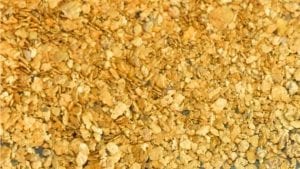 is that which can be easily liberated and is unbound to other minerals. Free gold can be rapidly recovered in high amounts using gravity concentration methods.
is that which can be easily liberated and is unbound to other minerals. Free gold can be rapidly recovered in high amounts using gravity concentration methods.
Traditionally, simply exploiting the high specific gravity of free gold for recovery required little energy and was profit-generating.
Today, however, more milling energy is consumed due to the change in mineralogy of gold resources. For substantial energy savings and proven high returns, an innovative circuit for free gold recovery is essential.
Free Gold Recovery
![]()
After crushing ore clumps to a manageable size of 20mm or less, via the Python or other crushing circuit, Gekko offers a range of free gold recovery options.
At the coarse 350 micron – 20mm ore size, a pre-concentration jigging circuit can be designed incorporating a proven, efficient recovery device for free gold: the InLine Pressure Jig. Used globally in over 215 installations, the Inline Pressure Jig receives very coarse free gold (up to 30mm), reducing downstream operating costs and environmental impacts.
For fine free gold ores of 50 – 350 micron, a conventional gravity box circuit that incorporates a modern centrifugal concentrator is recommended. Higher centrifugal g forces extract the free gold particles. The InLine Spinner is perfect for low water consumption operations and will produce a smelter-ready product.
If the ore product contains a combination of coarse and fine free gold, the modular Gravity Flotation Intensive Leach (GFIL) system can produce a higher-yield product.
For ores smaller than 50 micron, the particle weight is too light for physical separation by gravity; therefore gold recovery will require a modular chemical flotation process.
Gekko’s Approach
![]()
If testwork has been completed on the ore body, the Gekko team can get started today. If not, Gekko’s fully accredited Laboratory Service will analyse the ore. Then ore test results will guide Gekko’s engineering team to design the best ore-specific gravity recovery flowsheet.
Gekko will help recover free gold from different ore sizes with diverse mineralogy and gold distribution. Gekko will design a free gold recovery flowsheet that will optimise operations with improved returns and environmental benefits.
In consultation, Gekko will design a system to suit current operations or development plans. Contact Gekko today for more information.
Sulphide Gold
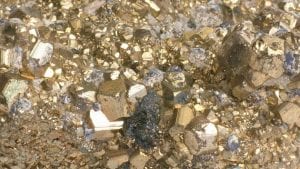 When gold is associated with sulphides, it can be either fully encapsulated by the sulphide particle or partially liberated, i.e. exposed on the edge of the sulphide mineral.
When gold is associated with sulphides, it can be either fully encapsulated by the sulphide particle or partially liberated, i.e. exposed on the edge of the sulphide mineral.
Sulphide complex gold can occur in a wide range of particle sizes. Because cyanide cannot always leach sulphide-associated gold, regrinding the ore is typically required to expose the free gold for recovery by intensive leaching.
Critically, the size at which one can efficiently liberate gold from the host mineral of the particle will determine the process to use for optimal gold recovery.
Sulphide Gold Recovery
![]()
Pre-concentration of coarse 350 – 500 micron sulphide-associated gold ore, using the InLine Pressure Jig, is required to reject gangue from the high value material. The IPJ, a classic pre-concentration device, is effective in gangue rejection prior to further processing of valuable gold-bearing material.
Other turnkey modular systems for pre-concentrating coarse sulphide-gold ores include the Python plant and the Gravity Flotation Intensive Leach (GFIL) systems, both of which incorporate the InLine Pressure Jig.
Regrinding of pre-concentrated non-refractory sulphide complex gold material, by a conventional regrind mill, can produce free gold particles. This improves the amount of gold that can be recovered by further processing using equipment such as the InLine Leach Reactor.
All gold concentrates produced by the InLine Pressure Jig can be intensively leached using the InLine Leach Reactor.
For ore bodies less than 350 micron in size, a flotation flowsheet will be recommended.
Gekko’s Approach
![]()
Laboratory testwork must be completed on the ore body. It’s important to characterise the presence of coarse sulphides or dissociated sulphides, as well as find out whether the ore is refractory or not, and what grade (g/T) the ore is. This information is critical for Gekko to begin to design an optimal recovery flowsheet for a specific ore.
Therefore, if testwork has not been done, it’s recommend the ore be analysed by Gekko’s fully accredited Laboratory Service to enable the best design of an effective flowsheet that recovers sulphide complex gold at the lowest operating and capital costs.
Silver
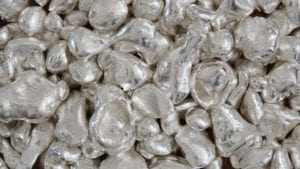 Silver is a precious metal often recovered as a by-product of other metal refining, such as gold. Silver occurs as a free metal mineral, as well as silver sulphide, silver arsenic sulphide and silver lead sulphide complexes.
Silver is a precious metal often recovered as a by-product of other metal refining, such as gold. Silver occurs as a free metal mineral, as well as silver sulphide, silver arsenic sulphide and silver lead sulphide complexes.
Unfortunately, lead, arsenic and other impurities of silver concentrates can attract high financial penalties from smelting companies.
The good news is that Gekko offers a high-throughput solution for removing impurities during recovery, which produces a purer, high-grade silver concentrate. And better returns for silver mine operators.
Silver Recovery
![]()
In the past, crude silver concentrate was produced and sold to smelters. However, mine operators are now taking advantage of additional profits that can be gained by on-site cyanide leaching using the InLine Leach Reactor (ILR).
Perfecting cyanide leaching chemistry is easy with the ILR. The ILR’s adjustable intensive conditions, such as higher cyanide concentrations and longer leaching times are fine-tuned to maximise silver recovery. The ILR is scalable to high tonnage operations.
Because Gekko’s ILR’s provide a well-mixed system, superior dissolution of silver from surfaces occurs. The innovative design uses less solution volume, meaning less cyanide to detoxify, which is better for the environment. Also less energy is required for the ILR’s rolling agitation mechanism, compared to other systems.
To process high-grade silver-bearing pregnant solutions to pure silver concentrates, electrowinning is best performed using Gekko’s innovative electrowinning cell. This cell is specifically engineered to handle large volumes of high-value solutions typically generated by silver recovery operations. The cell’s high current density and unique ‘drop site’ design, for collecting silver solids, ensures that electrowinning is efficient and continues uninterrupted.
Pregnant solution recovery of lower grade silver solutions is achieved by resin-based, carbon-in-solution or zinc precipitation (Merril Crowe) processes.
Gekko’s Approach
![]()
Silver is unpredictable in the way it behaves. The multiple forms of silver make cyanide leaching more complex than gold leaching.
Intricate leaching chemistry kinetics to liberate silver from unwanted material must be specifically tailored to each new ore deposit. Gekko recommend complete laboratory testwork be performed before initiating the design of an effective silver recovery plant.
For Gekko to best optimise a silver recovery process, an understanding of current operations and/or future plans is needed. Gekko will ask questions such as: Is the plant producing a flotation concentrate or a gravity concentrate? Is it high-grade or low-grade? What material tonnages are being handled? What is the size of the ore? What is the associated mineralogy of the silver deposit?
For more information about silver recovery flowsheets, contact Gekko today.
Polymetallics
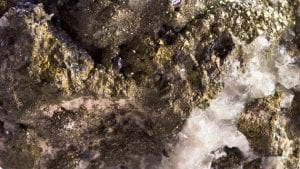 Polymetallic compounds contain a combination of different metals.
Polymetallic compounds contain a combination of different metals.
It is possible to recover and separate multiple metals from a single polymetallic ore deposit. For instance, lead, silver and zinc frequently exist in the same ore and have high, yet differing, specific gravities.
Traditionally, polymetallic compounds were separated by flotation or dense media separation processes. However, the development of continuous gravity devices, such as Gekko’s InLine Pressure Jig, employs gravity separation to recover metal compounds from polymetallic ores in a cost-effective manner.
Polymetallics Recovery
![]()
Gekko’s innovative InLine Pressure Jig is the core technology for recovering multiple metals from polymetallic material. The IPJ utilises the differences in specific gravity of different metal-bearing minerals. This allows improved separation of each metal for easier, more cost-effective downstream processing.
In addition, Gekko’s world-class technical specialists in gravity separation techniques are the key to developing a viable flowsheet for, and profitable returns from, this type of ore deposit.
Gekko’s Approach
![]()
Gekko recommend complete laboratory testwork on all polymetallic ore deposits. This will ensure that Gekko metallurgists and engineers understand the material’s metal composition and important gravity separation considerations.
Gekko will recommend and design an optimal recovery flowsheet for polymetallic deposits that also achieve low operating costs, low capital expenses and have a low environmental impact.
Other Minerals
 Gekko’s advanced devices for gravity separation of gold also have powerful applications in the recovery of tin/tantalum, diamond, garnet and other gemstone-containing material.
Gekko’s advanced devices for gravity separation of gold also have powerful applications in the recovery of tin/tantalum, diamond, garnet and other gemstone-containing material.
Because all these minerals can be separated based on their unique specific gravity, Gekko’s expertise in gravity concentration and design of energy-efficient flowsheets can be applied.
In fact, Stokes Law defining the physical settling and separation of solids, as well as viscosity and fluid dynamics, all play a part in determining an optimal process circuit for recovering tin/tantalum, diamond, garnet and other gemstones.
Other Minerals Recovery
![]()
Gekko’s unique InLine Pressure Jig is the core innovation harnessed for recovering tin/tantalum, diamond, garnet and other gemstones from significant ore deposits.
Gekko’s expert technical specialists in gravity separation techniques will design and develop an optimal flowsheet for this specific type of material.
Gekko’s Approach
![]()
Gekko advise complete laboratory testwork for all mineral and metal deposits to identify critical composition features and important gravity separation characteristics.
Such testwork will inform Gekko’s process design team and ensure they produce an efficient recovery flowsheet for this type of deposit.
